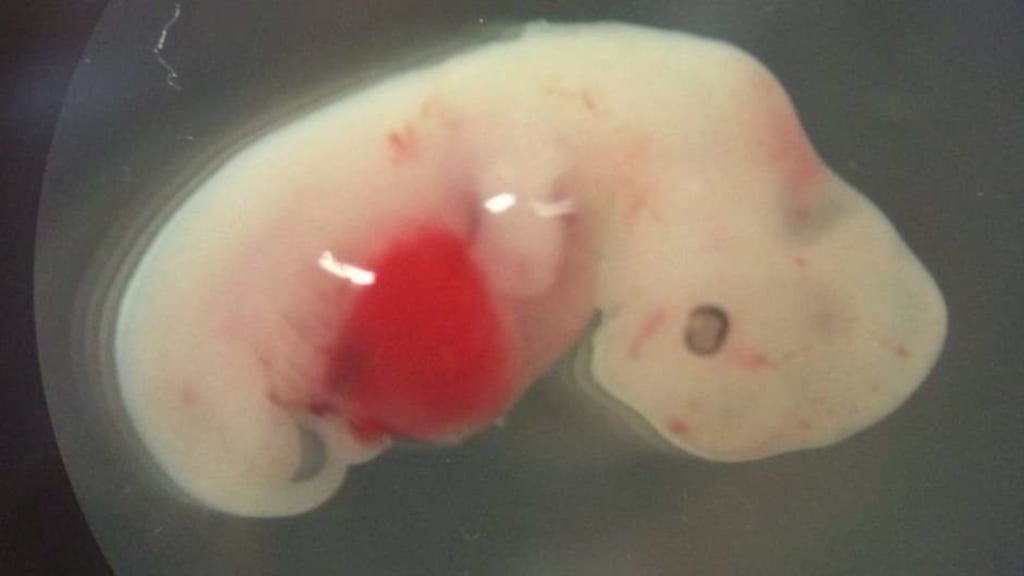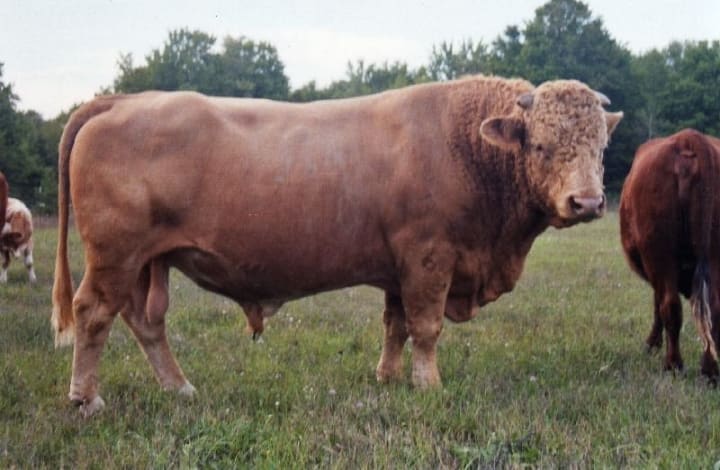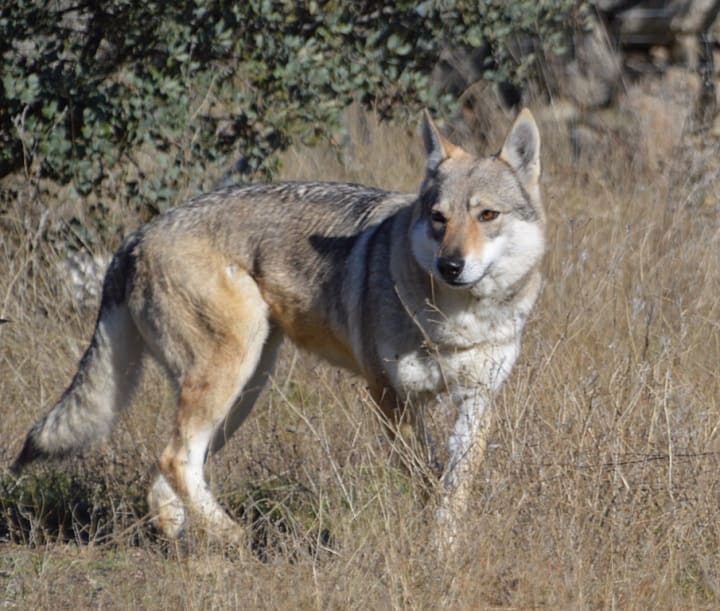Top Ten Hybrids
The product of the crossing of two different species, although of the same genus, these animals seem to arise from fairy tales; however, their existence is fully documented.
By Diego CovarrubiasPublished 7 years ago • 3 min read
Like
Share

Everything in nature conspires for copulation and for diversity. Although for some the hybridization of species may appear to be part of a bizarre genetic experiment or a sign that moral barriers have been corrupted, in fact, such ethical considerations and such boundaries do not exist in biology and animals can procreate with relative ease between different species. These are some of the most famous examples:
- Wholphin: Its name does not indicate the cross of a whale and a dolphin, but a hybrid of two species of the Delphinidae family: a female Tursiops truncatus (bottlenose dolphin) and a male Psedorca crassidens (fake orca). The specimens that are known were born in May of 1985 in a water park of Hawaii.
- Beefalo: The scientific name of this hybrid is Bison bison x Bostaurus and inhabits mainly in the savannah of the United States. It is the result of a domesticated cow with a buffalo to obtain the best of each species: the meaty quality of the first and the resistance of the second. Such characteristics make it highly valued by the cattlemen of that country.
- Bengal: Felis silvestris x Prionailurus bengalensis, the scientific name of this feline whose parents are usually a male leopard cat, also known as a Bengal cat or Asian leopard, and a female domestic cat. Arising from human intervention in the United States in the 1960s, this species is highly prized as a pet because, despite its large corpulence and wild appearance, it has a docile behavior.
- Hinny: Hybrid of a male horse and a female donkey: Equus ferus caballus x Equus africanus asinus, better known as the hinny. Contrary to the mule (of donkey and mare), its size and complexion are more similar to those of its mother, but its head and tail resemble more those of the father.
- Geep: In the year 2008, a report from a farmer of the north of Germany reports the birth of a creature fruit of the natural procreation between a male goat and a female sheep. Called "Lisa", it had the form and stature of an Ovis Orientalis aris but endowed with the agile legs and the coloration of the coat of a Capra aegagrus hircus.
- Zorse: Among the zebroids, a name established for any species product of the crossing of a zebra and any other equine, there's the zorse. In this case, it is a male zebra (Equus zebra) and a mare (Equus caballus). The result is an equine that looks like a horse, but with distinctive zebra stripes.
- Iron age pig: With the aim of reviving the extinct pigs that were bred thousands of years ago by man, in the early 1980s in Europe, wild boar and Tamworth domesticated pigs were crossed. The result was a hybrid species of Sus scrofa very similar to the one that existed in the Iron Age. In addition, this new pig is more manageable, less wild and its meat is much appreciated.
- Coywolf: Due to the displacement of both species in eastern North America due to urbanization, wolves (Canis lupus) have paired with coyotes (Canis latrans) resulting in this hybrid. Bigger than the coyote, but smaller than the wolf, it has a skull and jaws different from both and is as slippery as the first one and an excellent hunter as the second.
- Gamebird hybrid: Both belonging to the same family (Phasianidae) and consumed as food, one gourmet and the other popular. The hybrid of both would have been created to improve its production of meat and egg.
- Czechoslovakian Wolfdog: In the mid-1950s, in Czechoslovakia, cross-breeding experiments were begun between Carpathian wolves and German Shepherd dogs. It resulted in a canid with physical strength, resistance to weather and the appearance of a wolf but with the willingness to be trained.










About the Creator
Diego Covarrubias
College student seeking to improve his editing and writing skills. Enthusiast history buff, all-time gamer, a compulsive reader of books and comics, especially classic ones.






Comments
There are no comments for this story
Be the first to respond and start the conversation.